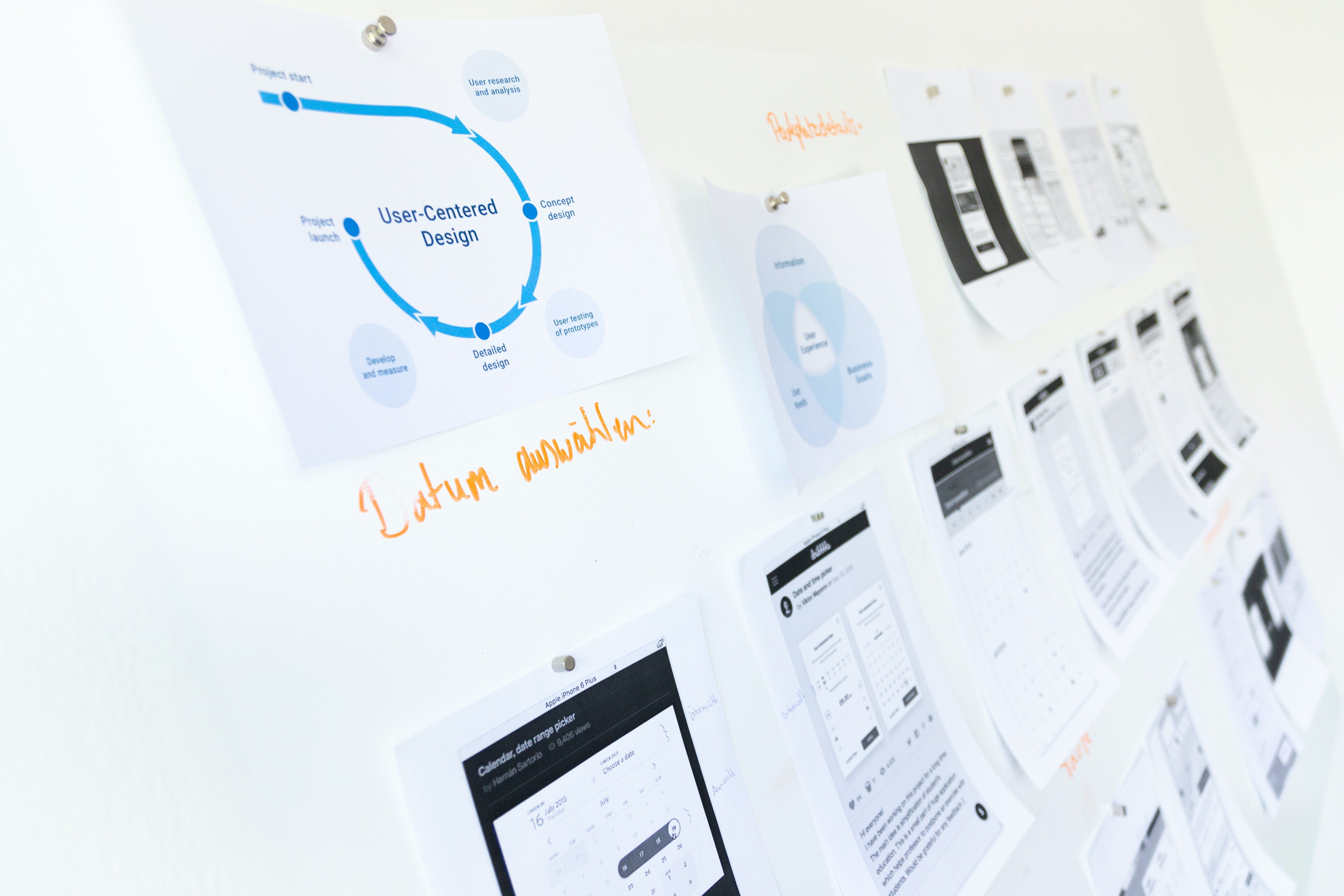Most people recognize a company without hesitation mainly because of its logo. A logo is not the brand of the company but it is a crucial representation of what the company stands for. As much as the logo may be a small icon, it is not simple to design it all together and it requires time and creativity to come up with a unique and strong logo.
It is important to note that a logo is deemed successful when it represents the company’s beliefs and objectives. This implies that the logo despite its size should clearly represent the company visually when one interacts with it.
Therefore, keen attention should be given to the process of its design to send an accurate message to the audience and convert them into customers.
Different designers have their way of working on the logo design process. While the end result may be the same, there is a general sequence that if followed, will lead to creating a good logo that would be an effective tool for marketing. This is discussed as follows:
Discover
This is the first step and a very crucial one where the designer meets with the client and discusses the project. Here, the client describes the company’s objectives, values, motto, mission, products or services and target audience.
This provides a ground on which the logo design will look and represent. Gather as much information as possible from the client in order to be informed and clearly understand what they want.
At this stage, a designer’s brief will be handy in guiding this discovery process by addressing issues like; the problem the logo design is going to solve, key adjectives that define the company’s brand, the brand’s voice, the beliefs and values of the brand and the unique value proposition i.e. what differentiates the brand from others.
Research the Industry
The information gathering at this stage focuses on companies offering similar products or services.
This research gives further insights into the design process by understanding the environment the logo is going to operate in and offering appropriate solutions to the audience by fulfilling promises the industry gives to its audience.
Industry research will also help differentiate the logo from the competitors and inform uniqueness in creating the logo. The designer will be able to learn the logo techniques in the industry, the overused techniques and the ignored ones as well as the needs of the audience.
Brainstorm Design Ideas
Having conducted the research on the client and industry, begin generating logo ideas by having mood boards and reference imagery. Search the visual representation of the keywords of the brand.
Conduct a mind mapping by having charts to help connect ideas and concepts that resemble as well as images, symbols and colours that bear the brand image.
Identify the areas where the logo will be used such as website icons, banners, billboards, business cards, email marketing campaigns, social media etc. the physical or digital space to be used will inform the design choices of the logo. A digital or video space for instance will appear more interesting with an animated logo.
The ideas should be informed and aligned by the brand’s personality.
Sketch
Sketching is a good brainstorming tool as it engages the mind. At this point, combine the mind map, the mood board and the notes generated and transcribe them from just ideas into real images. Have as many sketches as possible to widen the scope of ideas and assess how they look, what works and what doesn’t.
It allows you to mix, match and combine the different elements brainstormed and maximize your creativity and demonstrate artistic expression. Take breaks in between the sketches to allow the ideas to settle in the mind and get a fresh look at the sketches afterwards. Don’t be in a rush. Once settled on a preferred concept, sketch the variations and modify them to start exploration.
Design Drafts
At this stage, the logo begins to take shape. From the multiple sketches, judge them against the brand’s strategy and identify ideal concepts to use digitally. The focus should be on the brand’s and client’s interests.
Recreate the best versions of the logo on design software such as Vector Graphic Software and check the balances, proportionality and symmetry. Experiment with the different colours on multiple backgrounds and typography. Critique and evaluate the logo before presenting it to the client.
Present and Refine
Secure the sample logo designs and create a presentation and showcase them to the client after organizing a meetup. Encourage printing the samples to test their appearance on paper. Further, conduct mock-ups and test the appearance of where the logo will be used i.e. packaging materials, business cards etc.
Part of refining is to encourage criticism and embrace new suggestions from the clients or other designers. Allow room for improvement no matter how much you think the logo is perfect.
However, evaluate the feedback whether it adds value to the logo and represents the brand. Refine based on this suggestion and get approval for the final product.
Deliver the Logo and Files
Be clear with the client on the format of delivery. Deliver the brand identity package and the logo artwork and style guide. This informs the logo variations and how to use them, brand identity elements i.e. colours, typography, photography style etc.
Provide several options for the logo colours i.e. black, white, full colour and monochrome. Further, give information on the fonts used in case they are needed in the future. Finally, save the logo files in different formats i.e. ai, png, eps, jpg, pdf etc.
Conclusion
A great logo gives life to the brand. It doesn’t come by accident and requires an input of time, creativity, critical thinking and other multiple activities.
The logo’s message should impress the customer and represent the company’s interests for better brand awareness. It should not be compromised.



